Last updated on November 11th, 2023 at 10:11 am

- The pump handle movement of ribs is a term used to describe the motion of the ribs during breathing.
- This movement is important for the efficient exchange of air in the lungs.
- It involves the upward and outward movement of the ribs, which increases the volume of the chest cavity and allows the lungs to expand.
- The pump handle movement is controlled by the diaphragm and the intercostal muscles.
- Changes in this movement can indicate problems with lung function and respiratory health.
- Understanding the pump handle movement can help in diagnosing and treating respiratory conditions.
The increase in the anteroposterior diameter of the rib cage during respiration due to the movement of ribs is known as the pump handle movement of ribs. But why is it called a pump handle movement? What is the significance of this rib movement? We will answer all these questions in this article, so read the post till the end to get the most out of it.
Pump Handle movement of ribs
Our chest expands and compresses during inspiration and expiration which is important for breathing. This changes the volume of the chest. This change in the volume of the chest is brought about by the movement of ribs and diaphragm. For a better understanding of rib cage movement, it is scientifically termed into two types.
One is bucket handle movement and another is pump handle movement. About bucket handle movement we have already discussed in one of our previous articles. But, before we move forward, for a better understanding let’s start with the anatomy of the chest. If you would like to watch the video instead, then scroll down to the bottom of this article.
Chest anatomy
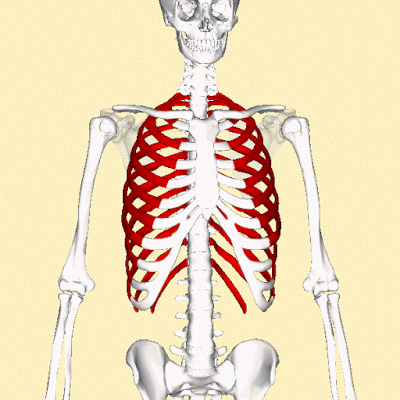
Look at the animated figure of our rib cage, the red coloured bones are ribs. Observe the shape of the chamber that ribs form, we call it a
The pointed part of the cone forms the apex of the rib cage and the diaphragm forms the base. The sides of the cone are made of ribs, sternum, and vertebrae. to sum up:
- Pointed part: apex
- Base: Diaphragm.
- Sides: Front- Sternum, Back: vertebrae, Side: Ribs.
Together they make a rib cage.
Biomechanics of pump handle movement
During respiration, the ribs move to expand the chest during inspiration and contract during expiration. The diaphragm also moves up and down to increase or decrease the volume of the chest. Medical science explains this movement of ribs by bucket handle movement and pump handle movement of ribs.
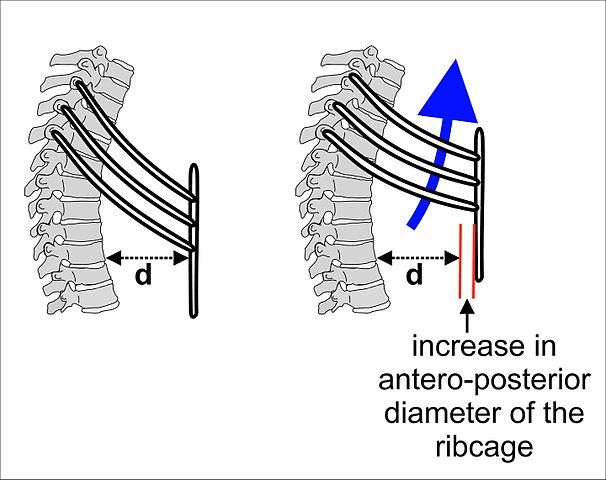
look at the rib cage from the side (anteroposterior view), the pump handle movement would be apparent. The ribs which unite with vertebrae on the backside forms the axis of the pump and the ribs themselves forms the handle (fulcrum) of the pump.
Usually, the ribs lie lower to the axis (see figure above). So, during inspiration, the ribs elevate over the axis so as to increase the volume of the rib cage. During expiration, the ribs lower down to ones again decrease the volume. This elevation and depression of ribs over the axis give the impression as if the pump handle is moving.
Keep Reading: Bucket handle movement of ribs: Anatomy behind it
The author is a physiotherapist who has been practising for the last 17 years. He owns a successful physiotherapy clinic named "Physiofirst" in Rourkela, Odisha, India.
He holds a Bachelor's in Physiotherapy (BPT) from SVNIRTAR (Swami Vivekananda National Institute of Rehabilitation and Research), one of the prestigious physiotherapy schools in India.
Taking every pain and disability case as a challenge is his motto. Whatever he learns dealing with his patient, he shares it with the world through blogs and e-books.
He also owns a blog, www.physiosunit.com and a YouTube channel, "Sunit Physiotherapist" with over 8 lakh active subscribers. Here, he shares everything he gets to learn serving the patient. His knowledge and invaluable experience in the field are proving beneficial to many.
Email him: sunitekka@gmail.com
Phone: +91-9178817004
Join him: www.facebook.com/physiocapsule


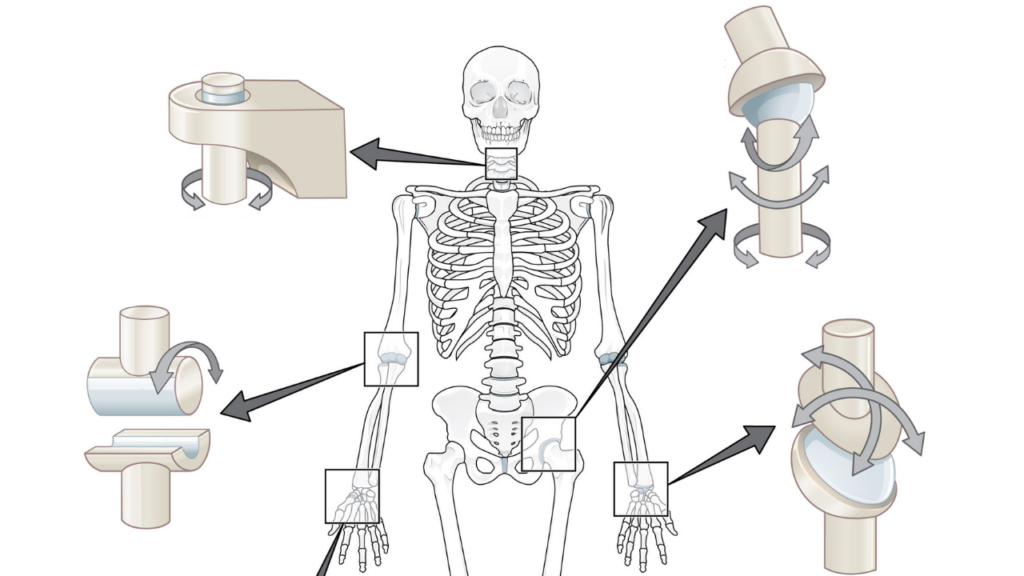
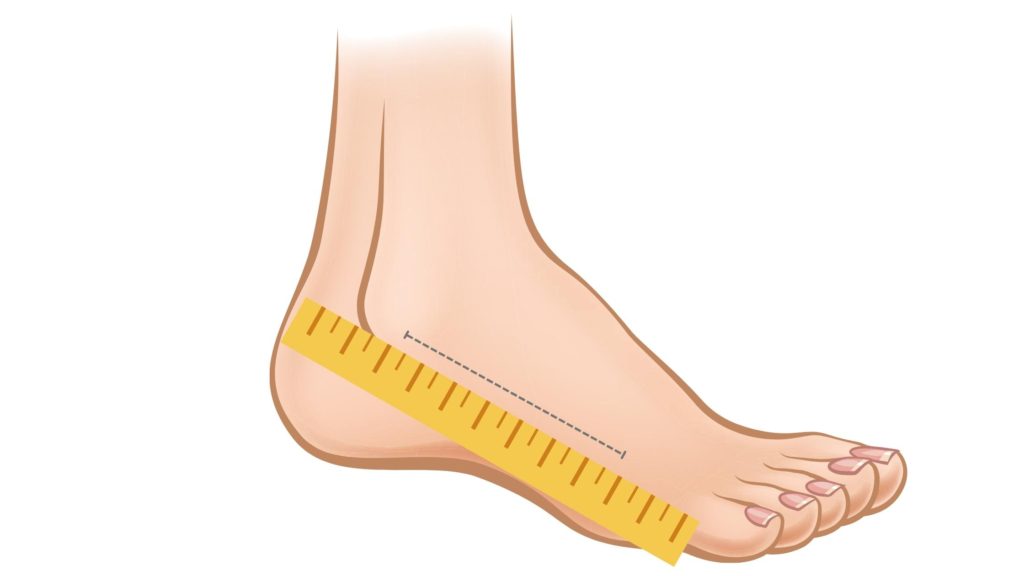
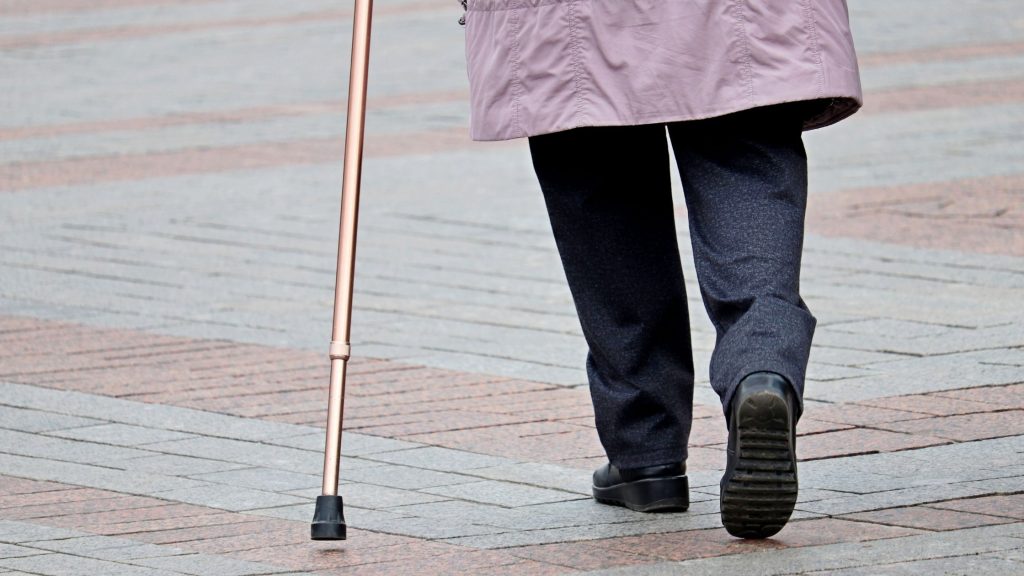
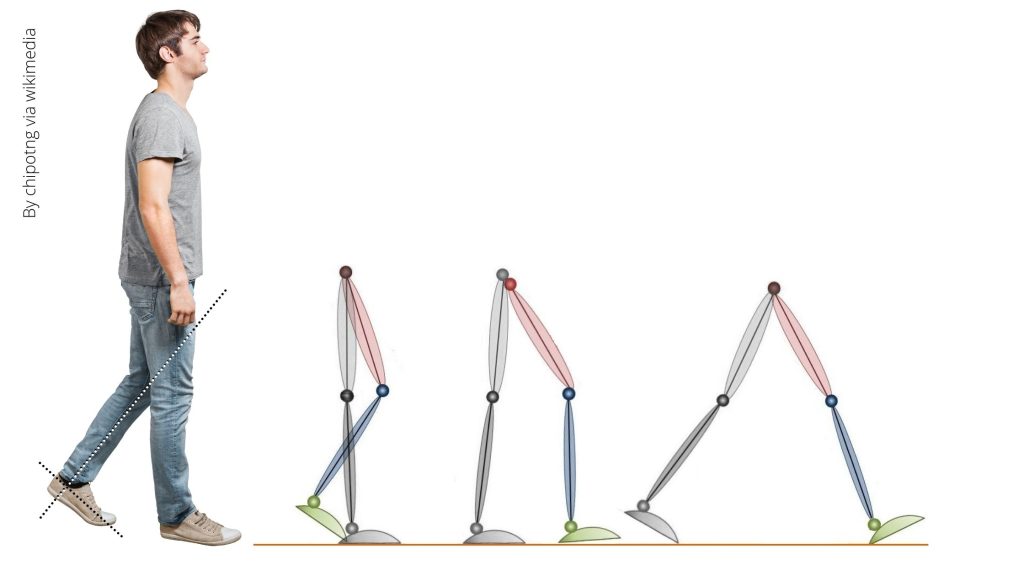
Glad that you like it
It was an amazing text .understandable.
Pingback: What is Bucket Handle Movement of Ribs, it's Anatomy : Physiosunit
wow! very useful and custom essay writing uk about physiotherapy and electrotherapy techniques,you have shared great information to keep heathy and get ride of different biological problems.thanks for sharing.